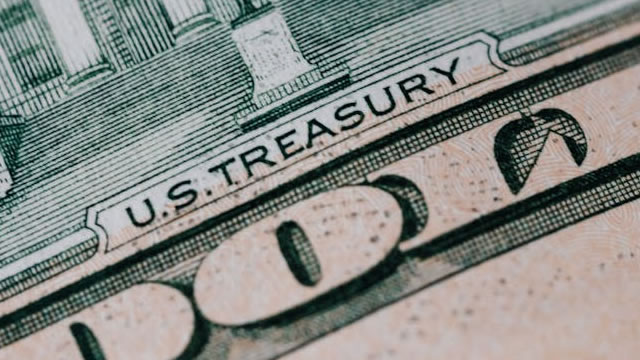The Unexpected Twist in Trade: Reciprocal Tariffs
President Donald Trump’s announcement of reciprocal tariffs at the White House, with that massive chart behind him, drew puzzled reactions initially. The President, known for his bold and unconventional moves, took the world by surprise once again.
What Are Reciprocal Tariffs?
Reciprocal tariffs are essentially a response to other countries’ tariffs. In simpler terms, if a country imposes a tariff on a product imported from the United States, the U.S. would impose an equal tariff on the same product imported from that country. This tit-for-tat approach is aimed at leveling the playing field and reducing the trade deficit.
The Impact on the U.S.
American consumers and businesses may face higher prices for certain goods due to the reciprocal tariffs. For instance, a tariff on steel imports from China would likely lead to increased steel prices in the U.S. Consequently, manufacturers that use steel extensively could face higher production costs, which might be passed on to consumers in the form of higher prices.
- Higher prices for imported goods
- Possible job losses in industries reliant on imported goods
- Potential for increased domestic production to offset higher costs
The Impact on the World
Reciprocal tariffs could lead to a global trade war, as other countries may respond in kind. This could result in a vicious cycle of retaliatory tariffs, ultimately harming global economic growth. Moreover, countries that rely heavily on exports to the U.S. could be negatively impacted, leading to potential job losses and economic instability.
- Potential for a global trade war
- Negative impact on countries heavily reliant on U.S. exports
- Possible job losses and economic instability in affected countries
Conclusion
President Trump’s announcement of reciprocal tariffs marked another bold and unconventional move in international trade policy. While the intention is to level the playing field and reduce the trade deficit, the potential consequences for American consumers, businesses, and the global economy are significant. Only time will tell how this unfolds, but one thing is certain: the world of trade has become even more uncertain.
As we navigate these uncertain waters, it’s essential to stay informed and adapt to the changing landscape. Whether you’re an individual consumer, a business owner, or a global player, the ripple effects of reciprocal tariffs could impact you in unexpected ways. Stay tuned for more updates on this developing story.





